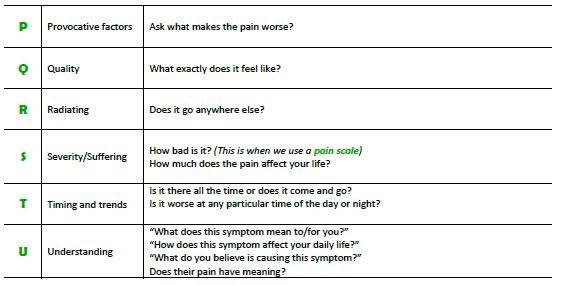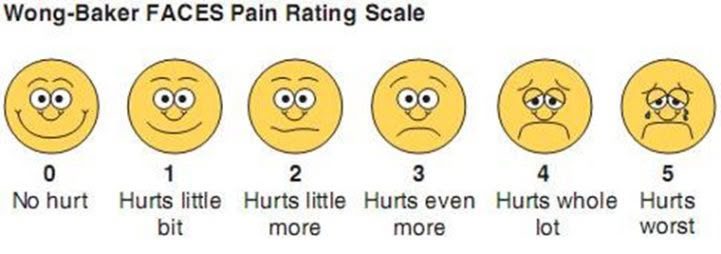INTRODUCTION
Pain is “an unpleasant sensory or emotional experience associated with actual or potential tissue damage, or described in terms of such damage” (International Association for the Study of Pain, 2008).
ASSESSMENT

Abbey Pain scale can be accessed from
Physical assessment of pain:


MANAGEMENT
- Both Pharmacological and non-pharmacological interventions are necessary for pain management
- Ask family/whanau if they would like to be involved in non-pharmacological interventions
- Believing that pain exists for the person as well as being with them can help reduce pain
- Positioning people for comfort and re positioning them regularly can help reduce stiffness and muscular aches as well as providing pressure relief. Pressure area risk assessments such as Braden or Waterlow should be carried out and appropriate pressure relieving aids supplied.
- Guided imagery and distraction can help reduce some types of pain by helping to relax or distract the dying person. Distraction therapy comes in many forms e.g. guided audio cds, tv, music, reminiscence etc. Remember that music played should be the person’s own choice.
- Heat and/or cold can often help ease pain e.g. wheat pack. Care should be taken with the temperature to prevent burning.
- Massage, touch can be beneficial. Those giving massage should have an understanding of what is beneficial and what may cause harm. It is important to be aware that some people may not be comfortable with massage or touch.
- Prayer and mindfulness meditation can be beneficial in reducing pain or existential suffering depending on spiritual or cultural perspectives of the person.

